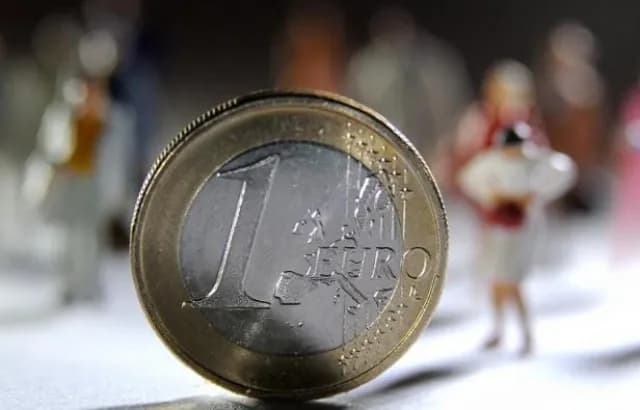PURCHASING POWER: Household consumption in France should fall back due to prices that remain very high
In 2022, French growth experienced a remarkable boom with a 2.5% increase. But the year 2023 will not be so good. The French economy is expected to grow by 0.6%, marking a marked slowdown in particular because of prices which will remain high even if inflation declines, INSEE said on Thursday.
This forecast is similar to that of the Banque de France but more pessimistic than that of the government (1%). The rise in consumer prices should slow to 5% on average annually, against 5.2% in 2022, affecting households in the portfolio, said the National Institute of Statistics when presenting for the first time its annual forecasts.
Inflation that remains “relatively high”
The Institute thus expects household consumption to fall by 0.2% (after +2.1% in 2022), which would explain the slowdown in activity, while this household consumption usually contributes to driving the French economy. Another weak link: household investment, in real estate in particular, just like business investment, is set to stall, under the effect of high-interest rates after the aggressive monetary tightening carried out by the European Central Bank (ECB ) to curb inflation.
There is “this inflation which weighs on domestic demand, and then the first consequences of monetary tightening on the real economy”, summed up Julien Pouget, head of the economic situation department of INSEE, during a conference in press. Because “inflation (…) remains relatively high, even if it has begun to ebb”, he added.
Food prices 11.8% higher in 2023
Consumer price inflation was 6% year on year in January and then began to slow in May to 5.1%. The decline should continue until December when inflation would stand at 4.4%, thanks in particular to a sharp lull in energy prices, which had soared after the outbreak of the war. in Ukraine.
Above all, the rise in food prices would experience a marked slowdown – without necessarily falling – thanks to the ebb in the prices of agricultural raw materials and energy. After +14.3% over one year in May, the increase should thus be almost halved in December (+7.4%). As an annual average, over 2023, they would be 11.8% higher than the previous year. The prices of manufactured products should also slow down, unlike those of services due to wage increases. The sector should become the main component of inflation ahead of food at the end of the year.




